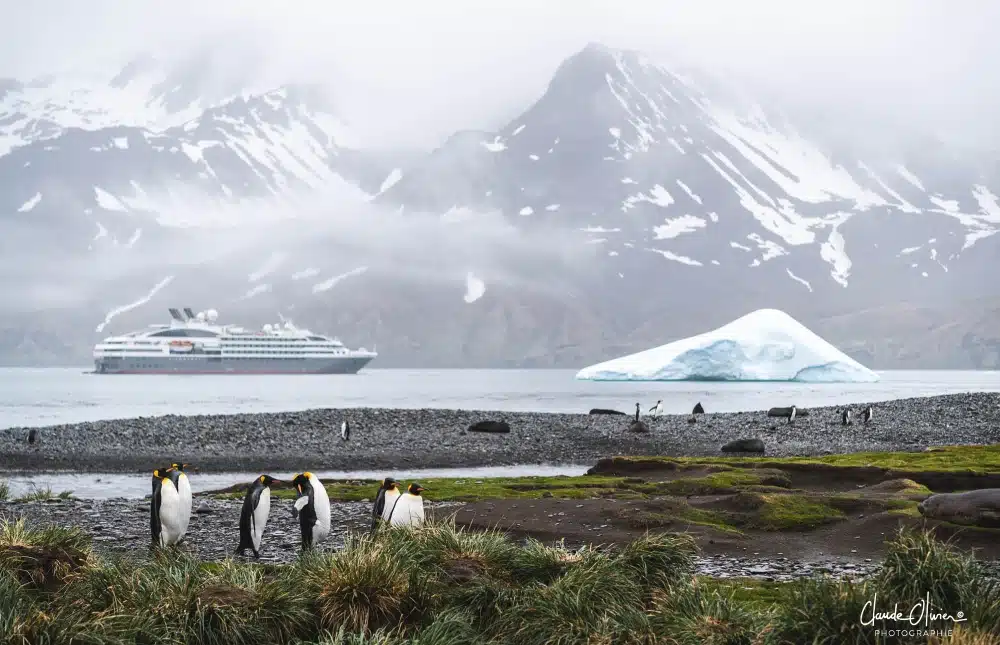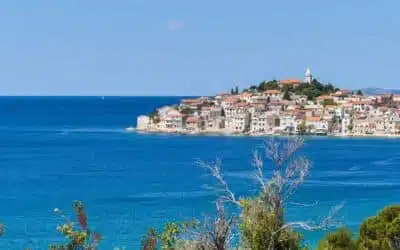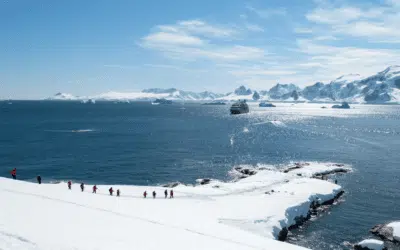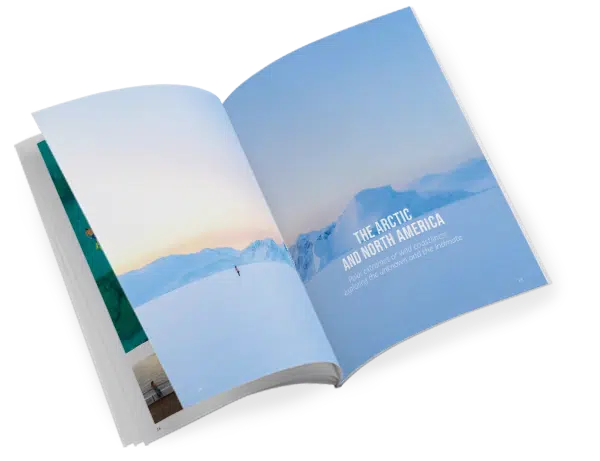The call of the Antarctic lands
In the South Atlantic, the echoes of an primal world resonate. On returning from his Antarctic cruise, Claude-Olivier Marti shares his thoughts on his encounter with the mysterious and fascinating sub-Antarctic islands and the magic of his first expedition to the “white continent”.

Claude-Olivier Marti
The Falkland Islands: in the company of the giants of the Antarctic sky
Our first stop on the route to the sub-Antarctic islands is the archipelago of the Falklands, a stunning introduction to the Antarctic lands. Here, Claude-Olivier Marti recalls a direct encounter with the wildlife even before setting foot on land, when giant petrels and Cape petrels lead a welcome procession in the wake of the ship.
When disembarking on the archipelago, the immersion is total. The tall tussac grasses that ripple in golden waves part to reveal a theatre bustling with colonies of black-browed albatross, rockhopper penguins and imperial shag cormorants. This closeness of such rare intensity, reminds travellers of their rightful place: that of a mere passing guest.
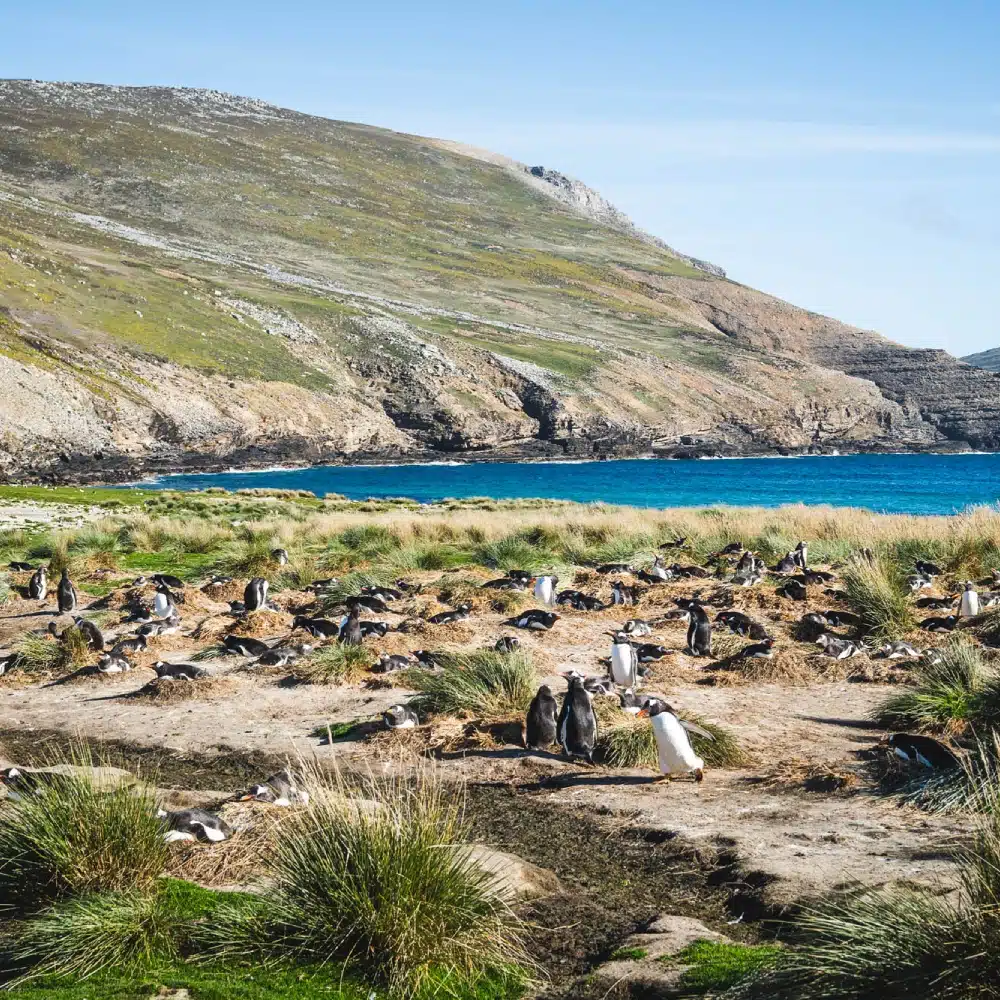

Claude-Olivier Marti
South Georgia: home to king penguins
Some 1,500 kilometres east of the Falklands, the island of South Georgia presents all kinds of excesses. On Salisbury Plain, the passenger’s gaze struggles to take in the immensity of the scene: a tide of tens of thousands of king penguins, whose striking tumult seems to make the earth itself tremble. A fantastic symphony of wildlife!
Faced with this clamour that fills the space, Claude-Olivier Marti feels like an intruder, but also very privileged. Here, fur seals defend their territory fiercely. There, elephant seals bask peacefully, their imposing laziness equalled only by their majesty. This is a spectacle of nature at its most primal and powerful, offering a rare lesson in humility.
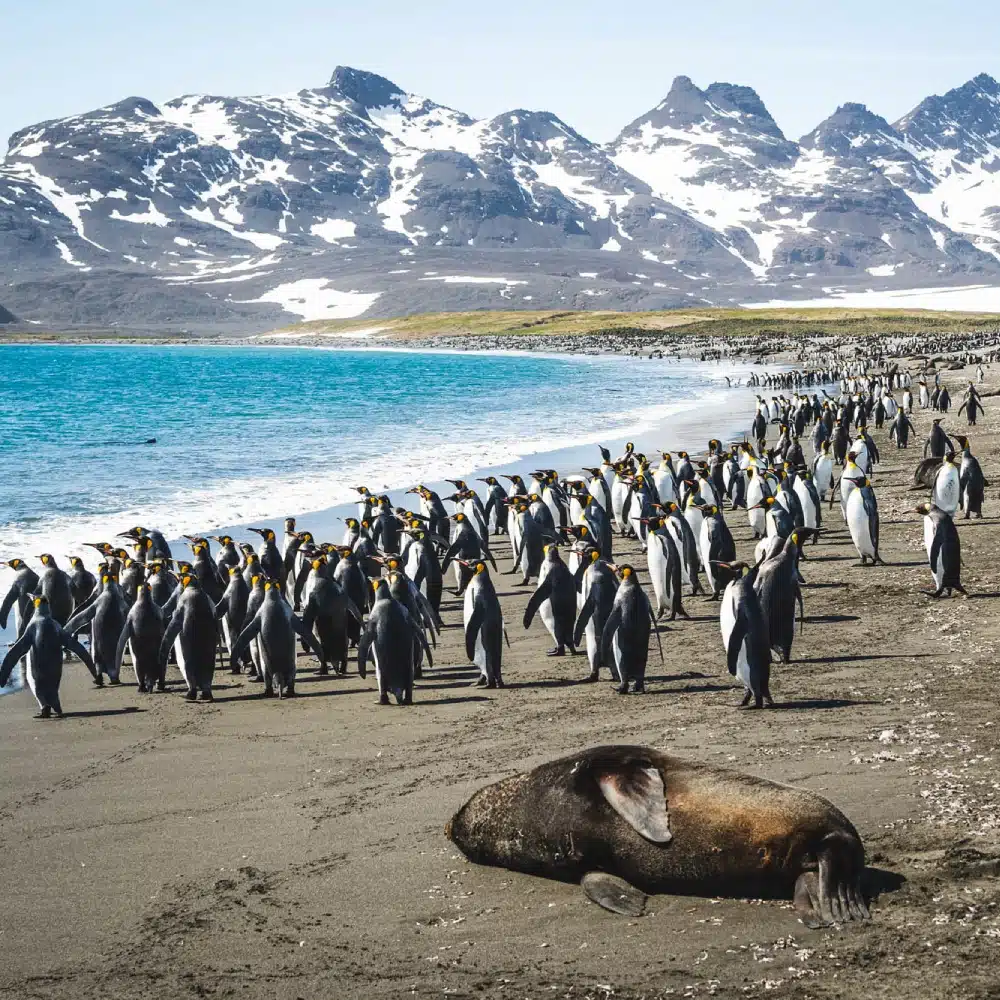

Claude-Olivier Marti
Grytviken, an Antarctic reminder
Its name, Grytviken, meaning “pot bay”, tells of a brutal past, the story of a flourishing but also tragic industry. Founded in 1904, it was the largest whaling station in the southern hemisphere. Today, its rusting iron giants – butchering slabs and vast tanks – dialogue with the silence. Sea lions bask on the old slipways and the whales are back. This is also where Sir Ernest Shackleton is buried, his grave watching over this site of Antarctic history.
The South Orkney Islands: the thrill of the unexpected
On the edge of the Antarctic peninsula, in the Southern Ocean, the archipelago of the South Orkney Islands is often hidden from view. Its shores, encircled by unpredictable pack ice, can be explored at the whim of the winds and currents. To reach these rare lands is to feel the thrill of pure exploration, an almost covert incursion into the heart of a secret world.
Here, nature imposes its own sense of time. Thousand-year-old glaciers overlook desolate shores, where immense tabular icebergs drift in slow processions. These walls of ice, whose invisible mass defies comprehension, plunge the landscape into timeless majesty. The silence is absolute, occasionally disturbed by the distant calls of chinstrap penguins.
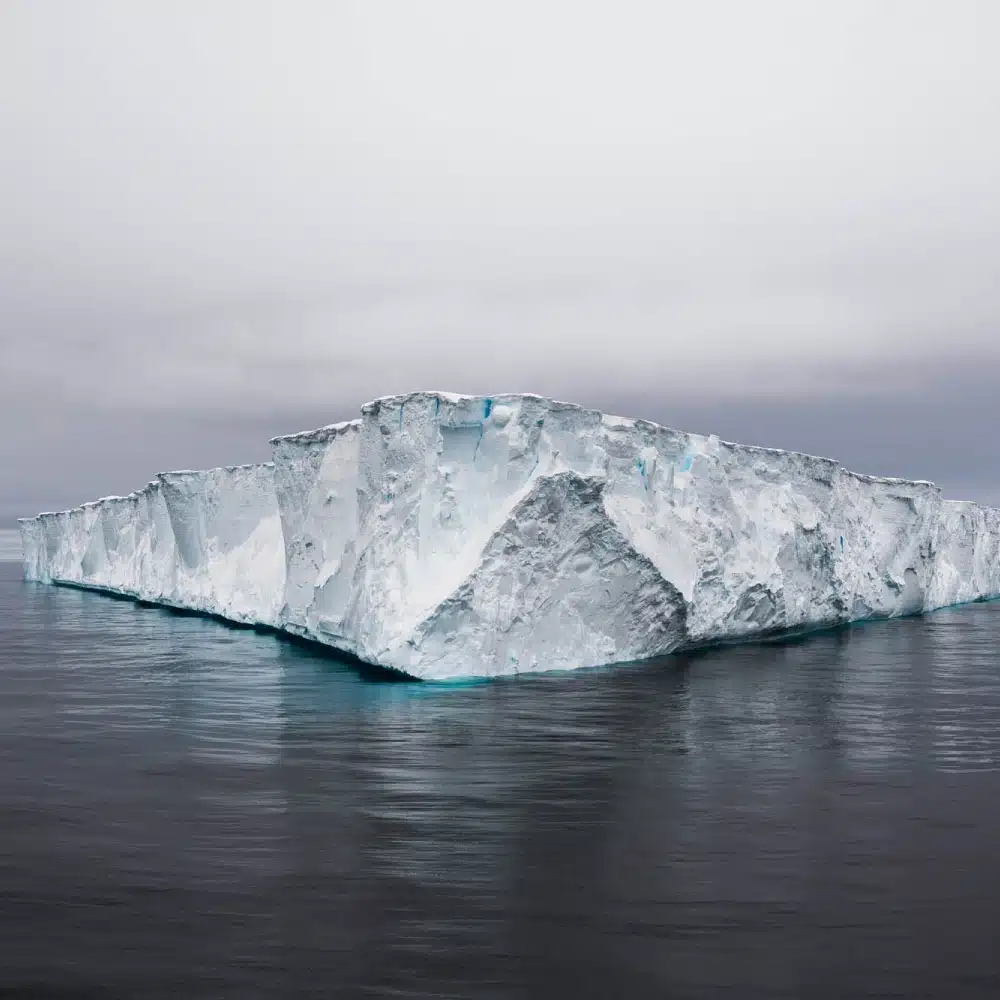

Claude-Olivier Marti
The South Shetland Islands: the gateway to legends
The last bastion before the white continent, 120 kilometres north of the peninsula, the volcanic archipelago of the South Shetland Islands are a spectacular sight. On these islands, where dark rocks emerge from the ice, the echoes of Shackleton’s feat still resonate. It was here, on the legendary Elephant Island, that his crew survived in 1916 after his ship Endurance was wrecked in the Weddell Sea.
This is also where pure Antarctic wildlife is finally revealed. In sheltered bays such as Mikkelsen Harbor, Claude-Olivier Marti discovers colonies of penguins that bring the shoreline to life with their incessant dance, while majestic Weddell seals bask on the ice. A gripping first encounter with the real inhabitants of the South Pole.
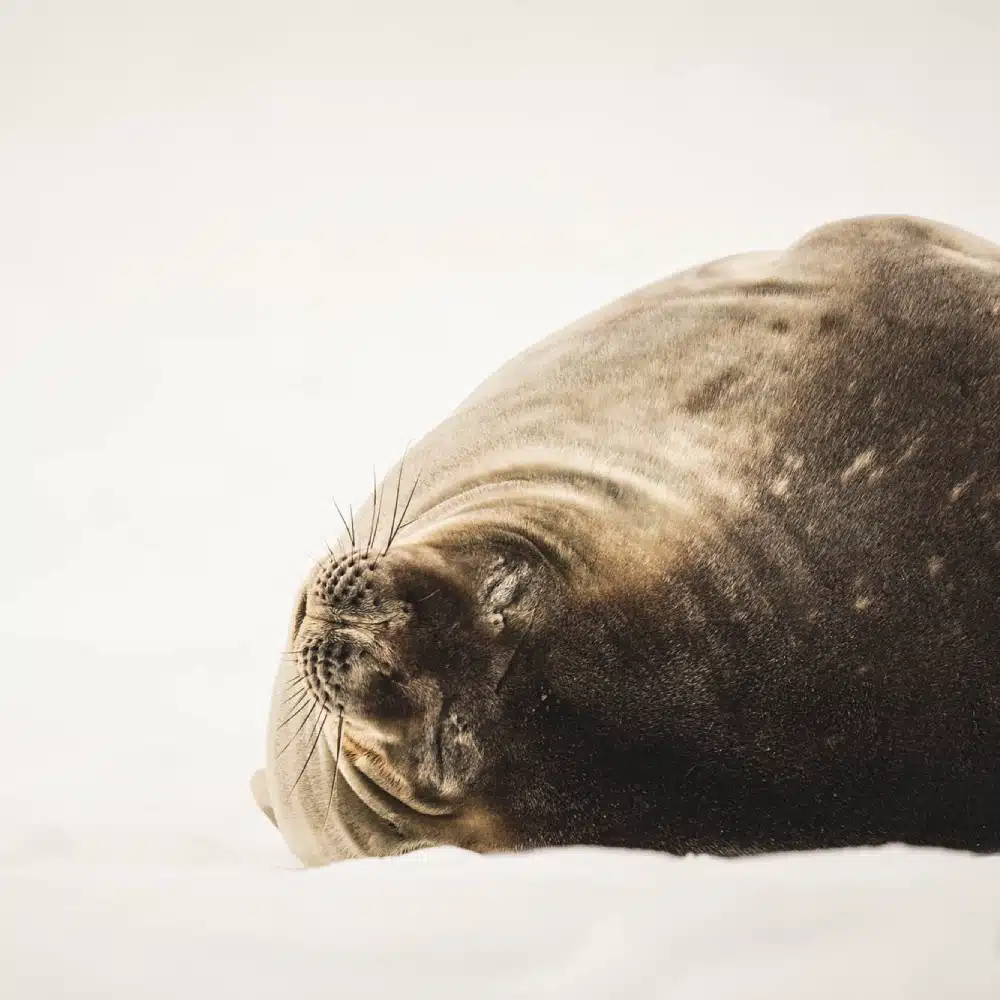

Claude-Olivier Marti
Antarctica: walking on legendary land
Arriving on the Antarctic Peninsula is a revelation for Claude-Olivier Marti. In Neko Harbor, on the west coast of Graham Land, the landscapes surpass his imagination. Dominated by imposing mountains, immense glaciers flow towards the calm waters of Andvord Bay. The quiet is absolute, occasionally disturbed by the dull roar of a serac breaking away in the distance.
And the dream of setting foot on the white continent for the first time presents a disarmingly simple first contact with the land. This unforgettable moment is undoubtedly the most intense and personal of any Antarctic odyssey. But the peninsula also reveals its riches on the water, particularly in the sheltered bays, where it’s not uncommon to spot a humpback whale blowing air.
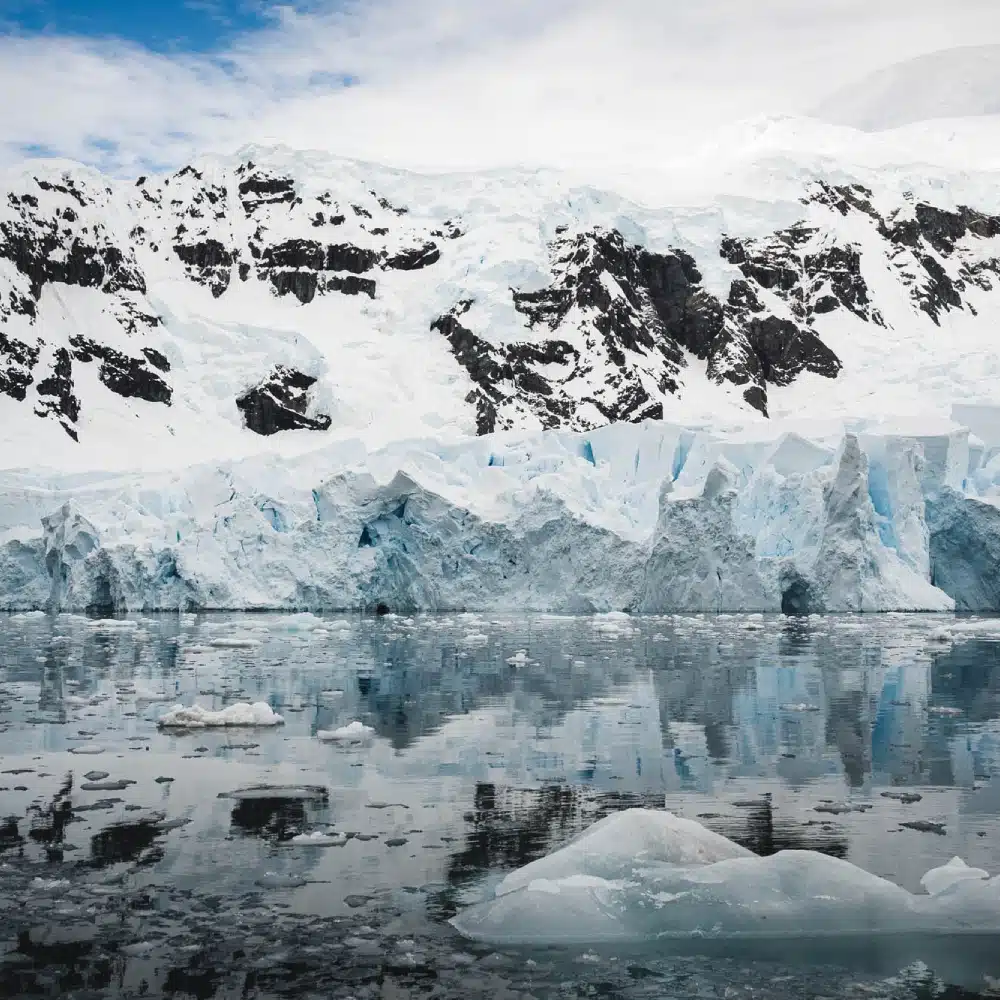

Claude-Olivier Marti
Cape Horn: the ultimate maritime experience
The return journey connects today’s challenges of navigating close to the ice with the exploits of the great sailors of the past. Before leaving, Claude-Olivier Marti bids a final majestic farewell to these lands of ice along the narrow Lemaire Channel, where the sky seems to touch the mountains.
Then it’s time to take on the might of Drake Passage, a rite of passage where apprehension meets excitement in the face of the roaring winds that blow here. At the end of this epic crossing, the reward becomes clear as Cape Horn emerges from the fog. This marks the completion of an Antarctic odyssey, before the loop is closed in Ushuaïa.
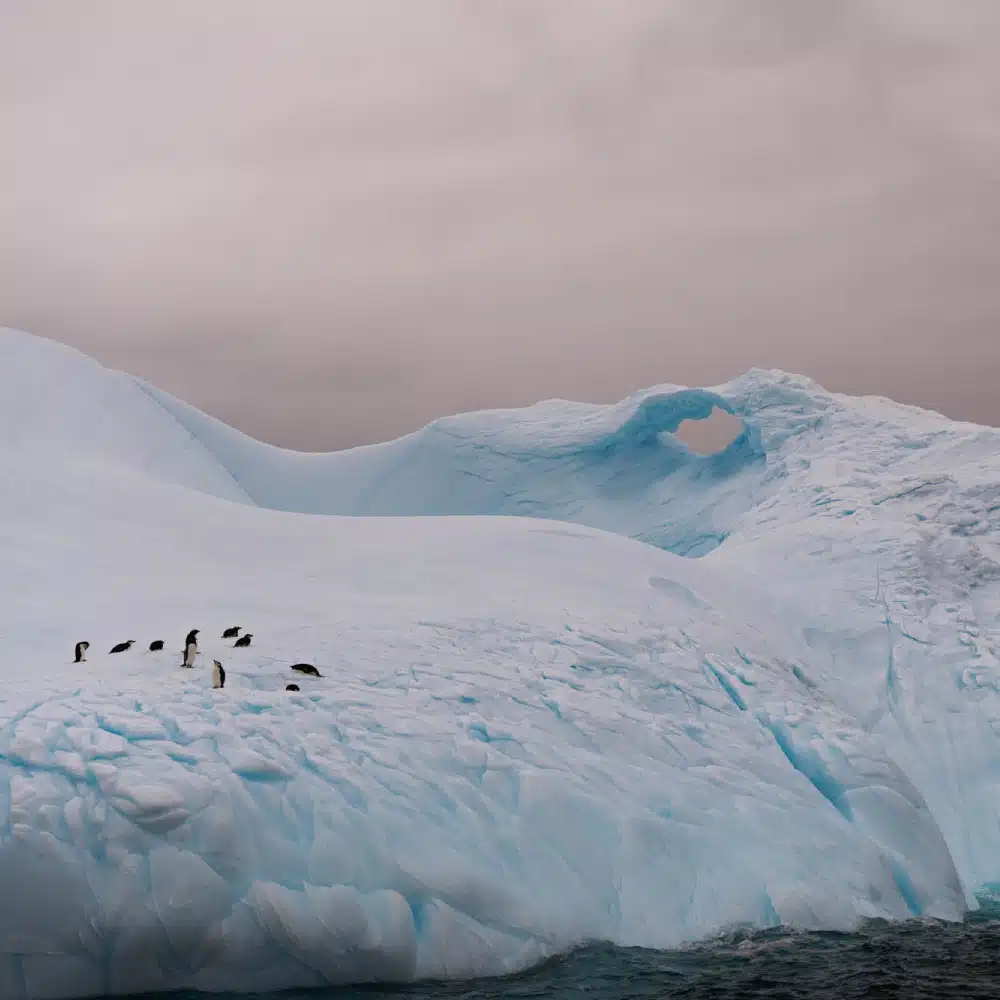
Drake Passage, a seafaring rite
The dreaded Drake Passage is the meeting point of the Atlantic, Pacific and Southern Oceans. This is where the powerful Antarctic Circumpolar Current rushes in, unhindered by land. This unique configuration, combined with the violent winds that blow at this latitude, can generate some of the highest waves on the planet, making the crossing a veritable rite of passage for all sailors.

Claude-Olivier Marti
Whether for the wildlife, the scenery, or the adventure, in the end, the reason for going is of little importance. For it is the alchemy of all these experiences that weaves the substance of a unique journey. An odyssey from which Claude-Olivier Marti returned not quite the same, carrying within him a sense of the fundamental.

Claude-Olivier Marti
The sub-Antarctic Islands in brief…
Photo credits: ©Claude-Olivier Marti; ©StudioPONANT/Adrien MORLENT
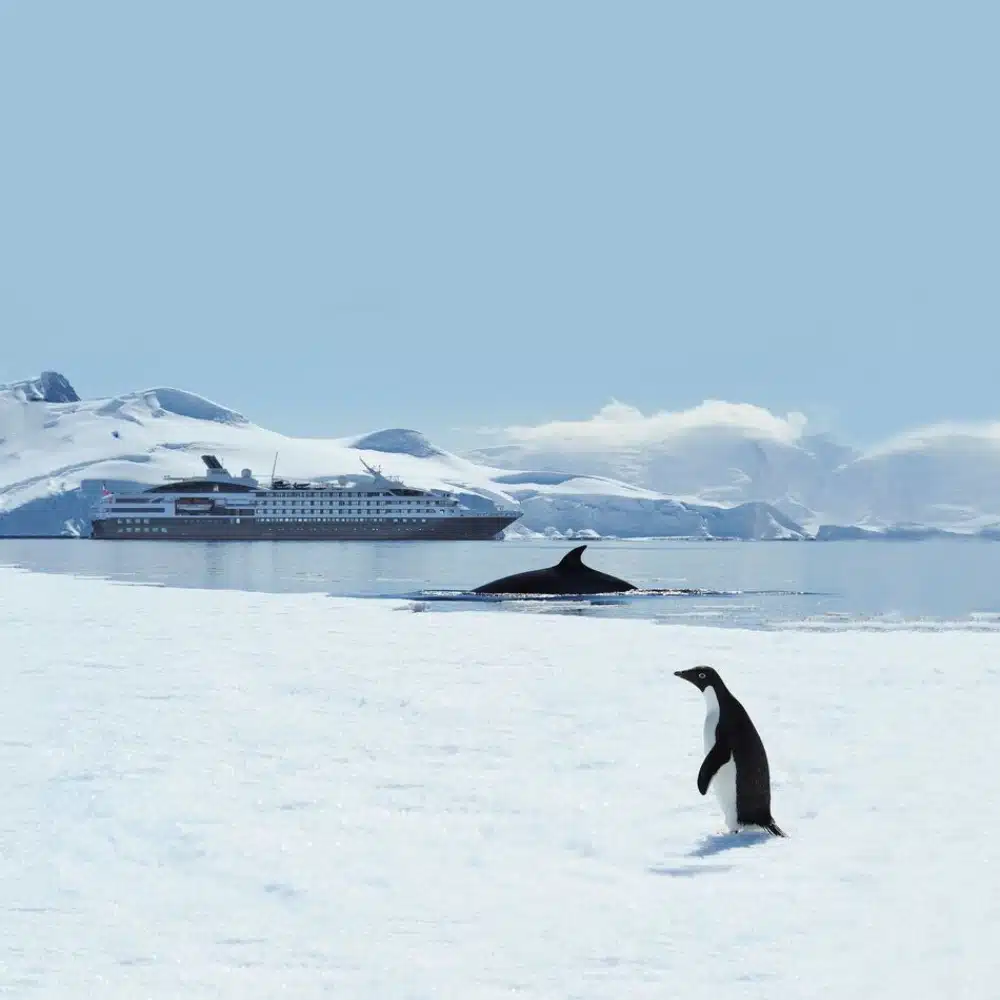
Discover the White Continent

